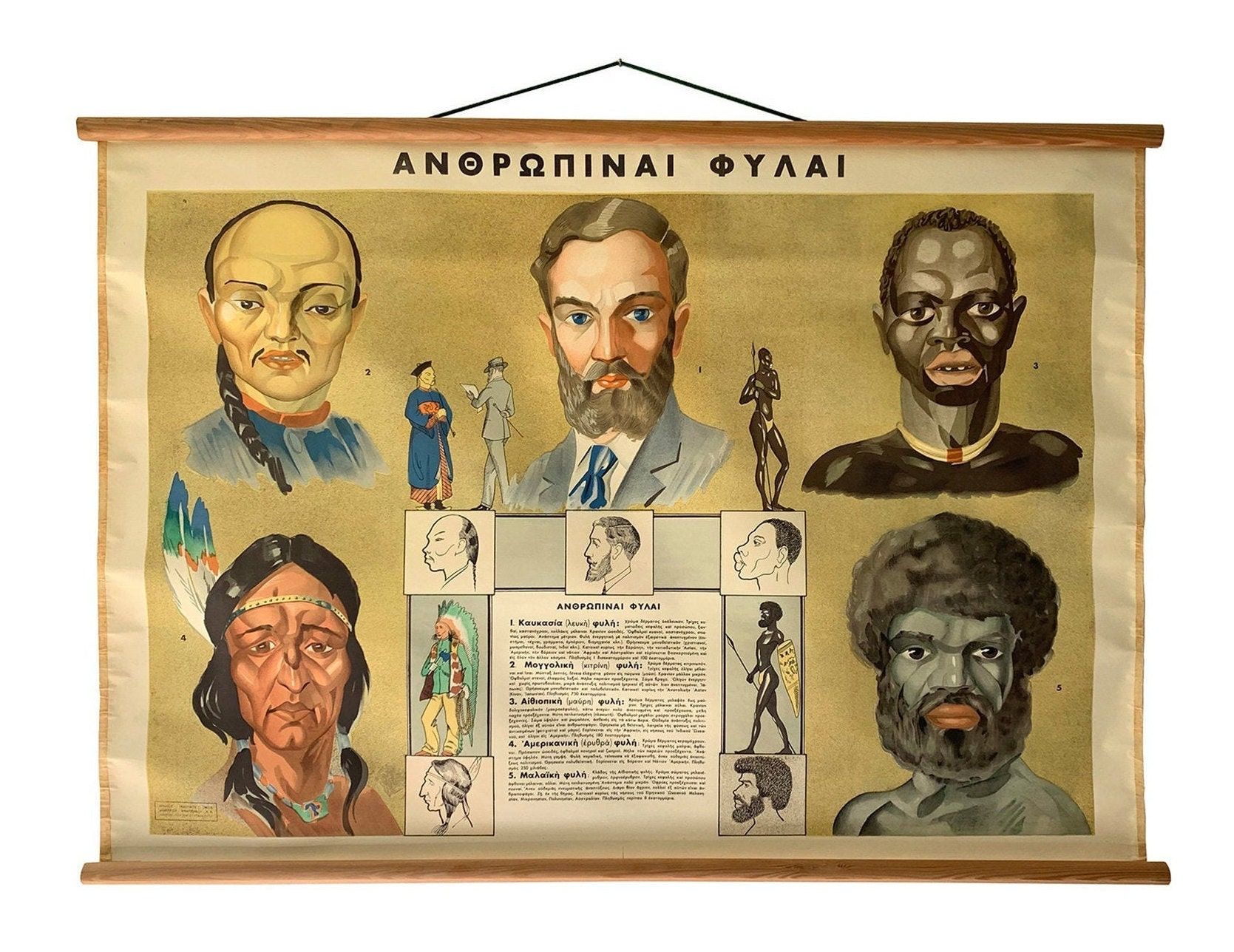The classification of human races through the lens of anthropology is a complex and intricate subject. It has fascinated scholars, researchers, and indeed laypeople for centuries. While the term “race” often conjures up vivid images of physical attributes, it is essential to delve deeper, beyond mere phenotypical distinctions, to understand the anthropological significance of human diversity. This exploration underscores not only the biological variations among populations but also the historical, cultural, and societal contexts that shape our current understanding of race.
To comprehend the concept of human races, one must first acknowledge the historical backdrop of racial categorization. The evolution of race as a construct is often traced back to the colonial era, a time marked by the Western world’s expansionist agendas. Early anthropologists and scientists sought to classify human populations based on observable traits, including skin color, cranial dimensions, and other physiological characteristics. These classifications were heavily influenced by prevailing sociopolitical ideologies, often reflecting biases that justified colonial subjugation and exploitation.
Interestingly, the idea of race itself is not universally acknowledged. Different cultures and societies have historically employed various systems of classification, including ethnicity, nationality, and cultural practices. As such, race is intertwined with a multitude of factors beyond biology, leading to a rich tapestry of human experiences and identities.
Anthropologically, humans belong to a single species, Homo sapiens, suggesting that all modern humans share a common ancestry. Genetic studies indicate that the variation within so-called racial groups can be as significant as or even greater than the variation between them. This genetic homogeneity is a stark contrast to the social constructs that have arisen, which often emphasize superficial differences rather than stemming from shared heritage.
The common observation that physical traits often define racial categories reveals both the fascination and futility inherent in the quest to classify humans. Physical features such as skin tone, hair texture, and facial structure are indeed distinct among populations, reflecting adaptations to various environmental factors. For instance, the relatively higher melanin levels prevalent in equatorial populations serve as an evolutionary response to prolonged UV radiation exposure, offering protection against potential skin-related ailments. Conversely, lighter skin tones in higher latitudes can be attributed to the need for enhanced vitamin D synthesis in conditions with lower sunlight availability.
Yet, it would be overly simplistic to reduce human diversity solely to biological characteristics. Sociocultural factors, such as language, tradition, and belief systems, play a fundamental role in shaping human identity. These elements transcend genetic makeup, highlighting the importance of cultural anthropology in understanding the human condition. For instance, the emergence of language not only facilitated communication but also encoded the unique histories and beliefs of distinct groups. Furthermore, the ways in which individuals and communities navigate their cultural landscapes significantly impact how they perceive themselves and others.
The anthropological discourse surrounding race also includes examination of the sociopolitical constructs that emerge. Concepts such as racism and discrimination are intertwined with historical contexts and power dynamics. Racial categorizations often serve to uphold systemic inequalities, fostering divisions that are reflective of deeper societal issues. These constructs illustrate the moral and ethical implications of race, emphasizing the need for a critical examination of the narratives surrounding racial identities.
A recurring question in this discourse is the extent to which race should influence social structures and identity. The increasing globalization of societies is permeating traditional boundaries, challenging antiquated notions of racial homogeneity. Interracial marriages, diasporas, and global migration patterns complicate existing classifications, leading some to propose the idea of a “post-racial” society – a utopian vision wherein race becomes insignificant. However, this notion raises further questions about the importance of recognizing and celebrating diversity rather than erasing it.
Furthermore, the phenomenon of cultural appropriation sheds light on contemporary dynamics of race and identity. As cultural exchanges grow more common, the borrowing of elements from one culture by another can lead to contentious debates over ownership, respect, and representation. Such interactions serve to highlight the complexities of race, emphasizing that it is not merely a static classification but a dynamic interplay of culture, history, and identity.
In recent decades, anthropologists have increasingly adopted a holistic approach to the study of race, advocating for an intersectional framework that considers multiple dimensions of identity, including gender, socioeconomic status, and cultural context. This perspective allows for a richer understanding of how individuals and communities navigate their identities in an increasingly interconnected world.
Ultimately, the classification of human races through anthropology reveals far more than mere physical distinctions; it opens a doorway to understanding the intricate tapestry of human experience and identity. The fascination with human diversity persists, compelling us to critically engage with the social constructs and historical narratives that shape our perceptions of race. Embracing the complexity inherent in our shared humanity allows for a more profound appreciation of the diverse expressions of culture, identity, and belonging, underscoring the necessity for continued dialogue and reflection in the anthropological discourse on race.
The journey towards a more inclusive understanding of the human experience is ongoing, requiring a commitment to interrogate the very fabric of our assumptions about race and identity. In this endeavor, anthropology provides invaluable insights into the pathways of human connectivity and difference, revealing that, while we may be distinct, we are fundamentally united in our humanity.
